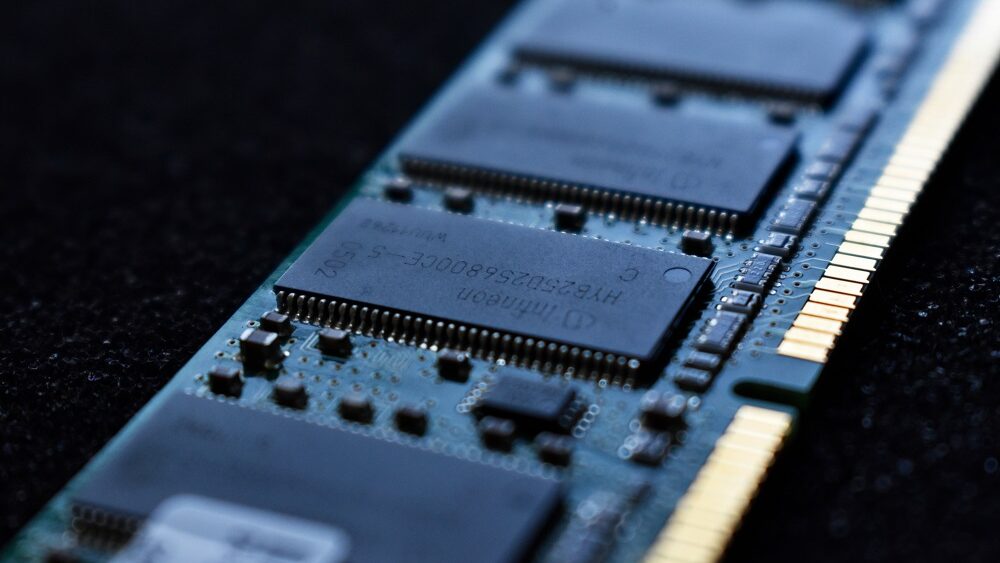
If you’re experiencing performance issues related to RAM, there are several do-it-yourself (DIY) solutions you can try to optimize and improve your computer’s performance. Here are some steps you can take:
- Check RAM Usage:
- Open the Task Manager (on Windows) or Activity Monitor (on Mac) to check the current RAM usage. Identify if your RAM is consistently close to its maximum capacity. This can help you determine if insufficient RAM is causing performance issues.
- Open the Task Manager (on Windows) or Activity Monitor (on Mac) to check the current RAM usage. Identify if your RAM is consistently close to its maximum capacity. This can help you determine if insufficient RAM is causing performance issues.
- Close Unnecessary Programs:
- Close any unnecessary programs and background processes that are consuming RAM. This includes unused applications, browser tabs, and system tray icons. Keeping only essential programs running can free up valuable RAM.
- Close any unnecessary programs and background processes that are consuming RAM. This includes unused applications, browser tabs, and system tray icons. Keeping only essential programs running can free up valuable RAM.
- Limit Startup Programs:
- Reduce the number of programs that launch at startup. Many applications configure themselves to start automatically when you boot up your computer, consuming valuable resources. Use the Task Manager or System Configuration (on Windows) or Login Items (on Mac) to manage startup programs.
- Reduce the number of programs that launch at startup. Many applications configure themselves to start automatically when you boot up your computer, consuming valuable resources. Use the Task Manager or System Configuration (on Windows) or Login Items (on Mac) to manage startup programs.
- Increase Virtual Memory:
- Virtual memory is a portion of your hard drive that the operating system uses as additional RAM. While not as fast as physical RAM, it can help if your RAM is consistently maxed out. You can increase virtual memory settings in your computer’s settings. Keep in mind that relying too heavily on virtual memory can impact overall performance, so it’s better to have sufficient physical RAM.
- Virtual memory is a portion of your hard drive that the operating system uses as additional RAM. While not as fast as physical RAM, it can help if your RAM is consistently maxed out. You can increase virtual memory settings in your computer’s settings. Keep in mind that relying too heavily on virtual memory can impact overall performance, so it’s better to have sufficient physical RAM.
- Check for Memory Leaks:
- Some applications may have memory leaks, causing them to use more and more RAM over time. If you notice a gradual increase in RAM usage, try closing and restarting applications to see if it alleviates the issue.
- Some applications may have memory leaks, causing them to use more and more RAM over time. If you notice a gradual increase in RAM usage, try closing and restarting applications to see if it alleviates the issue.
- Upgrade RAM:
- If you consistently run out of RAM for your computing needs, consider upgrading your RAM. Adding more RAM to your system can significantly improve multitasking and overall performance. Check your computer’s specifications to ensure compatibility with additional RAM modules.
- If you consistently run out of RAM for your computing needs, consider upgrading your RAM. Adding more RAM to your system can significantly improve multitasking and overall performance. Check your computer’s specifications to ensure compatibility with additional RAM modules.
- Run Memory Diagnostics:
- Use built-in memory diagnostic tools to check for issues with your RAM. Both Windows and macOS have tools that can scan and identify potential problems. On Windows, you can use the Windows Memory Diagnostic tool. On macOS, you can use the Apple Hardware Test or Apple Diagnostics.
- Use built-in memory diagnostic tools to check for issues with your RAM. Both Windows and macOS have tools that can scan and identify potential problems. On Windows, you can use the Windows Memory Diagnostic tool. On macOS, you can use the Apple Hardware Test or Apple Diagnostics.
- Optimize RAM Speed and Timings:
- If you’ve upgraded your RAM, ensure that it’s running at the correct speed and timings. Access the BIOS or UEFI settings during the computer’s startup to check and adjust these settings if necessary.
- If you’ve upgraded your RAM, ensure that it’s running at the correct speed and timings. Access the BIOS or UEFI settings during the computer’s startup to check and adjust these settings if necessary.
- Update Drivers and Software:
- Ensure that your operating system, drivers, and applications are up to date. Developers often release updates that include performance improvements and bug fixes.
- Ensure that your operating system, drivers, and applications are up to date. Developers often release updates that include performance improvements and bug fixes.
- Check for Malware:
- Perform a thorough malware scan using a reputable antivirus or anti-malware tool. Malware can consume system resources, including RAM, leading to performance issues.
Remember to back up your important data before making any significant changes to your system, such as upgrading hardware or adjusting settings. If you’re unsure about any step, it’s always a good idea to seek advice from tech forums or consult with a professional.

Add a Comment